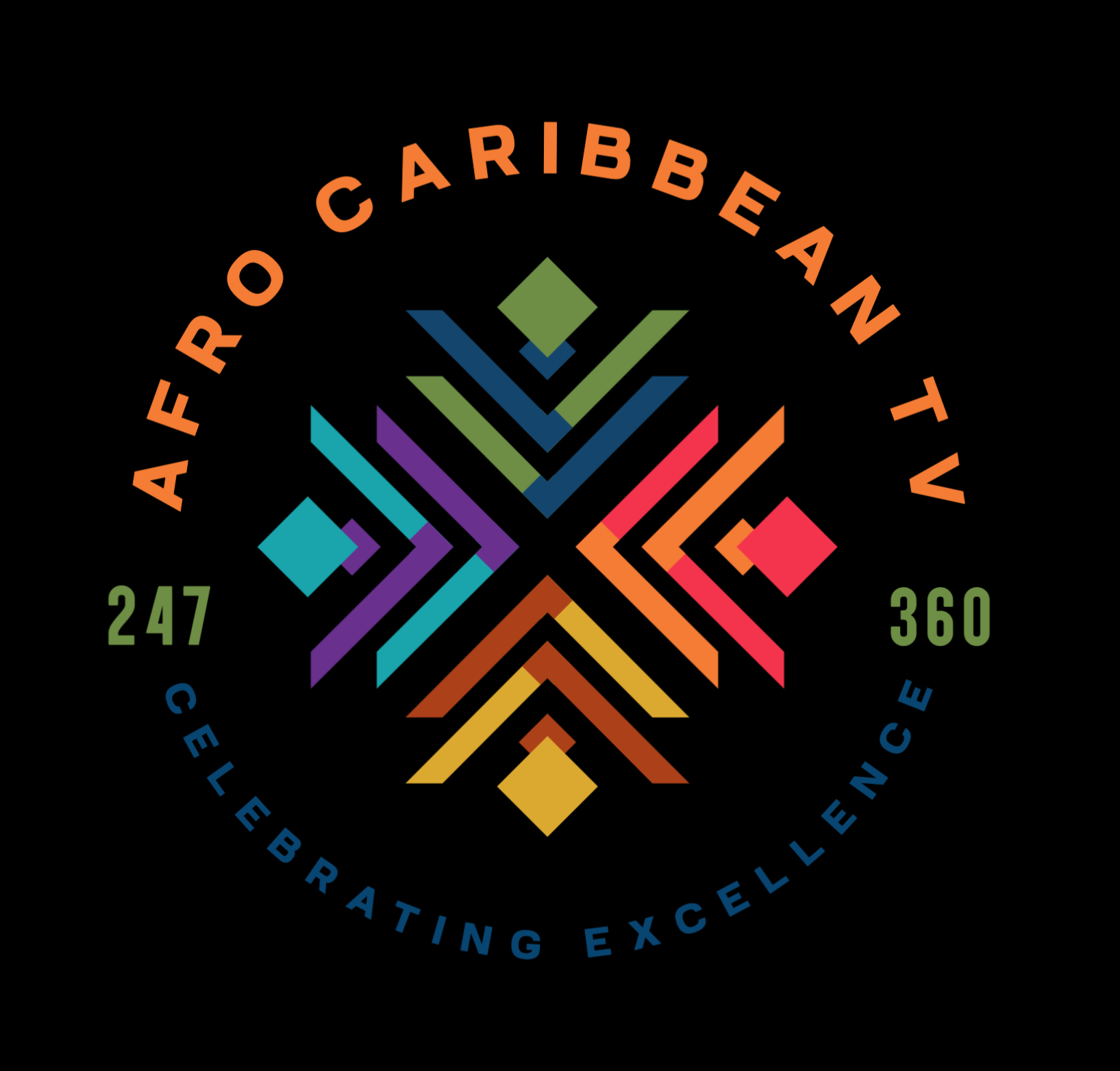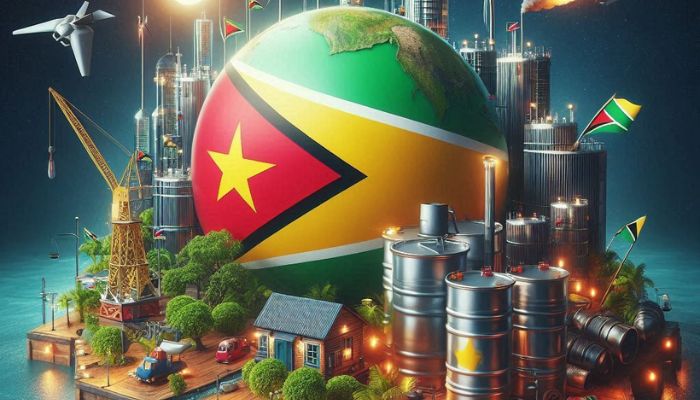Guyana is a small yet rapidly evolving country located on the northeastern coast of South America. Despite its geographic position, it maintains strong cultural and historical ties to the Caribbean. Here’s an overview of its key aspects:
Geography & Demographics
- Location: Borders the North Atlantic Ocean between Suriname, Venezuela, and Brazil.
- Area: Approximately 214,969 km², making it the third-smallest sovereign state on the South American mainland.
- Population: Around 800,000 people, with the majority residing along the coastal plain.
- Capital: Georgetown, which houses about 200,000 inhabitants.
- Official Language: English, making it the only South American country with English as its official language.
History & Politics
- Colonial Past: Formerly known as British Guiana, it gained independence from the United Kingdom in 1966 and became a republic in 1970.
- Government: Parliamentary republic with a president as the head of state and a prime minister as the head of government.
- International Affiliations: Member of the Commonwealth of Nations and a founding member of the Caribbean Community (CARICOM).
Economy & Natural Resources
- Traditional Economy: Historically reliant on agriculture (notably sugarcane and rice), mining (bauxite and gold), and forestry.
- Oil Boom: Since the discovery of significant offshore oil reserves in 2015, Guyana’s economy has transformed dramatically. Oil production began in 2019, reaching 278,000 barrels per day by 2022.
- Economic Growth: The country has experienced rapid GDP growth, with projections indicating continued expansion due to oil revenues.
- Government Initiatives: Efforts to distribute oil wealth include cash payments to citizens, free college tuition, and infrastructure development.
Environment & Biodiversity
- Rainforests: Approximately 80% of Guyana is covered by pristine rainforests, contributing to its rich biodiversity.
- Wildlife: Home to diverse species, including jaguars, giant river otters, and over 800 bird species.
- Natural Attractions: Features the world’s largest single-drop waterfall by volume, Kaieteur Falls.
Challenges & Considerations
- Territorial Disputes: Long-standing border dispute with Venezuela over the Essequibo region, which has intensified following oil discoveries.
- Economic Inequality: Despite newfound wealth, challenges remain in ensuring equitable distribution of resources and addressing poverty.
- Environmental Concerns: Rapid development poses risks to the environment, necessitating sustainable practices.


